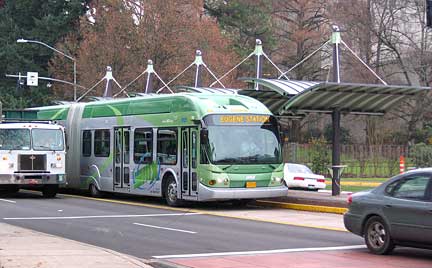This is part 3 of a series. See also Introduction • Historical Background • Neighborhood Walking • Neighborhood Crime • Vehicle Miles and Traffic • Crash Safety
Disconnected street networks were the default, entrenched pattern of development in post-WWII America. However, by the early 1960s a backlash had arisen in opposition to the conventional planning wisdom. This countermovement snowballed through the 60s and 70s, and by the 1980s the issue had filtered into the architectural profession and scholarly research.
Part II of this series described how disconnected street patterns became ubiquitous in U.S., with the mandate in particular coming from the Federal Housing Administration. By 1941, over 200 cities had instituted subdivision regulations that encouraged disconnected street patterns.

